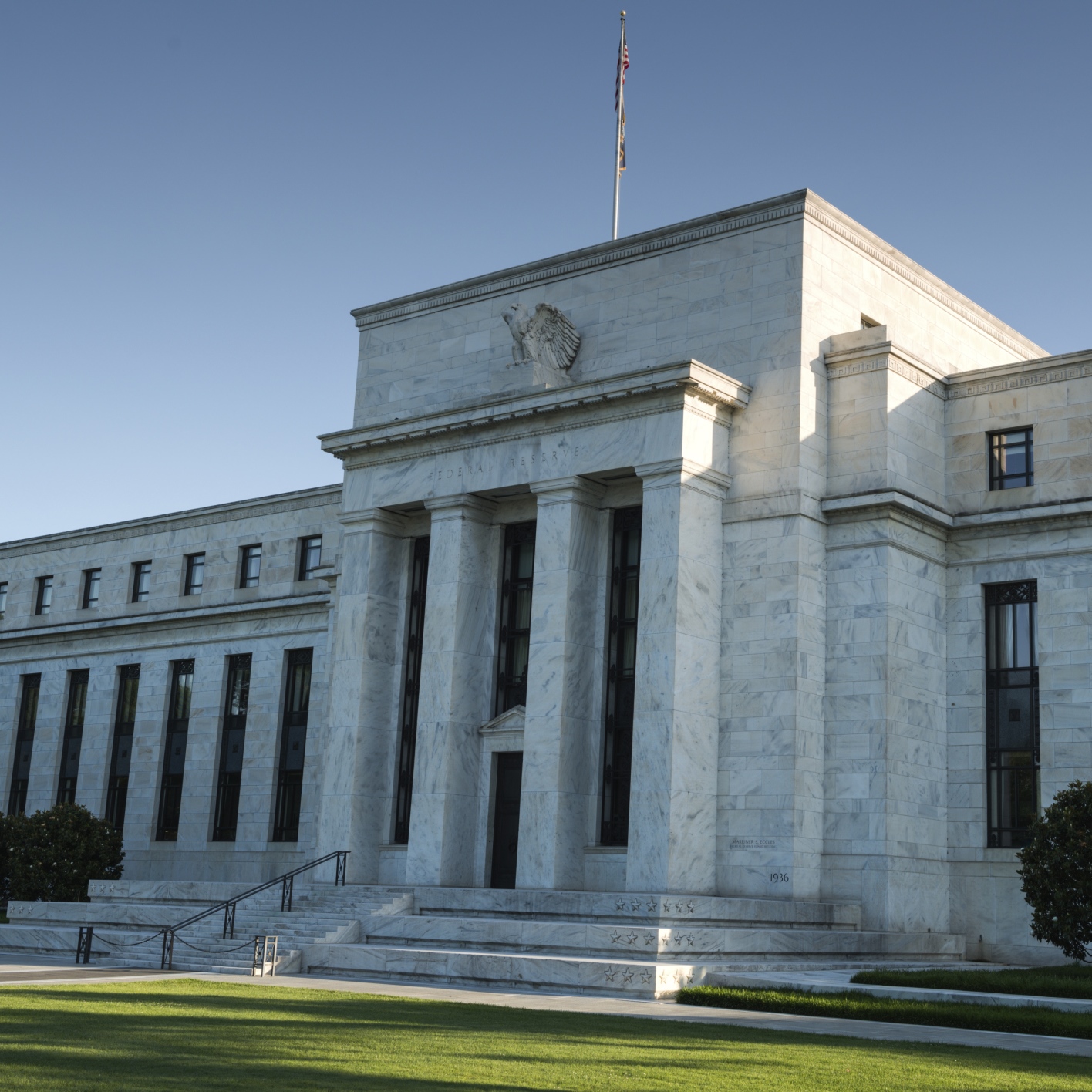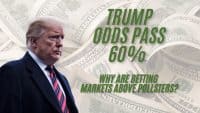
Federal Reserve Governor Lael Brainard addressed the Chicago Council on Global Affairs Monday and outlined what she called “the contours of today’s economy that will be particularly important” in shaping Fed policy in the future.
In her remarks Brainard noted that inflation has been undershooting its 2% target and that the Phillips curve, a measure of slack in the labor market as it relates to inflation, has flattened. In other words, inflation has not kept up with the drop in the U.S. unemployment rate.
Brainard, whose remarks were closely watched because she has been touted as Treasury Secretary if Hillary Clinton wins the November election, made another observation on monetary policy:
Over the current expansion, with a federal funds rate at, or near, zero and the additional support provided by asset purchases and reinvestment, GDP growth has averaged a very modest rate upward of 2 percent, and inflation has averaged only 1-1/2 percent. Ten years ago, based on the underlying economic relationships that prevailed at the time, it would have seemed inconceivable that real activity and inflation would be so subdued given the stance of monetary policy. To reconcile these developments, it is difficult not to conclude that the current level of the federal funds rate is less accommodative today than it would have been 10 years ago. Put differently, the amount of aggregate demand associated with a given level of the interest rate is now much lower than before the crisis.
She also pointed out that labor market slack has been greater than the Fed expected. While she didn’t explicitly say what has caused this, she did note:
Indeed, with payroll employment growth averaging 180,000 per month this year, many observers would have expected the unemployment rate to drop noticeably rather than moving sideways, as it has done. It is true that today’s unemployment rate of 4.9 percent is only 0.1 percentage point from the median … participant’s estimate of the longer-run level of unemployment. However, the natural rate of unemployment is uncertain and can vary over time. Indeed …, the central tendency of the projection for the longer-run natural rate of unemployment has come down significantly, from a range of 5.2 to 6.0 percent in June 2012 to 4.7 to 5.0 percent in June 2016–a reduction of 1/2 to 1 percentage point. We cannot rule out that estimates of the natural unemployment rate may move even lower.
Brainard said that slack in prime-age labor force remains below pre-crisis gains, implying that there is room for further employment gains. She also noted the recovery in wage growth has been “muted” and that it is barely above the pace of wage growth over the past five years. She concludes:
In today’s new normal, the costs to the economy of greater-than-expected strength in demand are likely to be lower than the costs of significant unexpected weakness. In the case of unexpected strength, we have well-tried and tested tools and ample policy space in which to react. Moreover, … the response of inflation to unexpected strength in demand will likely be modest and gradual, requiring a correspondingly moderate policy response and implying relatively slight costs to the economy. In the face of an adverse shock, however, our conventional policy toolkit is more limited, and thus the risk of being unable to adequately respond to unexpected weakness is greater. The experience of the Japanese and euro-area economies suggest that prolonged weakness in demand is very difficult to correct, leading to economic costs that can be considerable.
That asymmetry leads Brainard to say that the new normal “counsels prudence in the removal of policy accommodation.”
Traders took the S&P down from it high point for the day, primarily because the accommodative approach means that financial institutions won’t get any help from the Fed at next week’s meeting.
Find a Qualified Financial Advisor (Sponsor)
Finding a qualified financial advisor doesn’t have to be hard. SmartAsset’s free tool matches you with up to 3 fiduciary financial advisors in your area in 5 minutes. Each advisor has been vetted by SmartAsset and is held to a fiduciary standard to act in your best interests. If you’re ready to be matched with local advisors that can help you achieve your financial goals, get started now.
Thank you for reading! Have some feedback for us?
Contact the 24/7 Wall St. editorial team.


